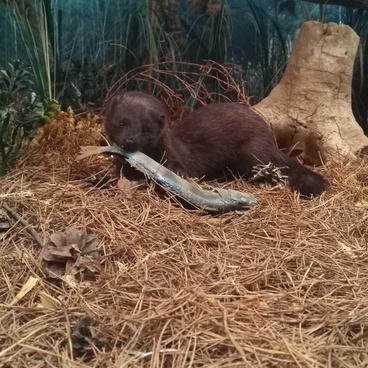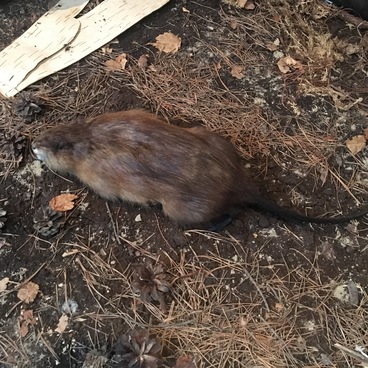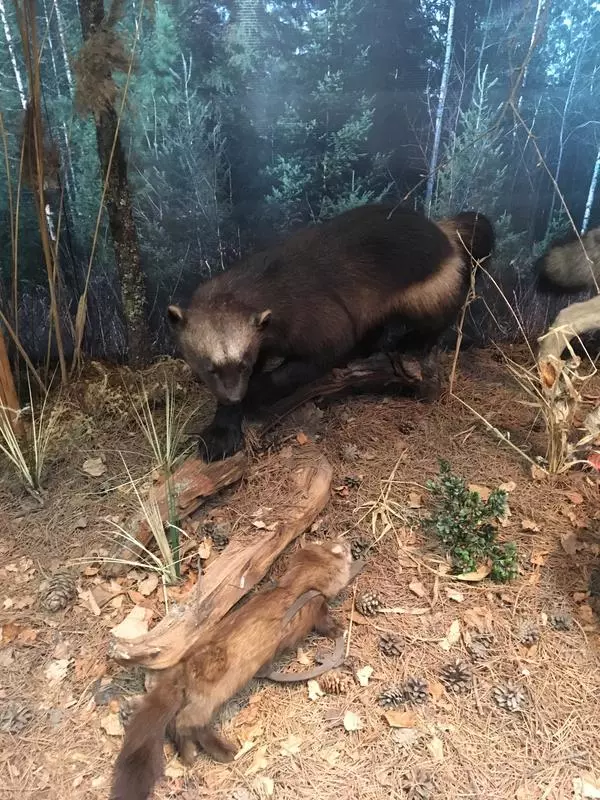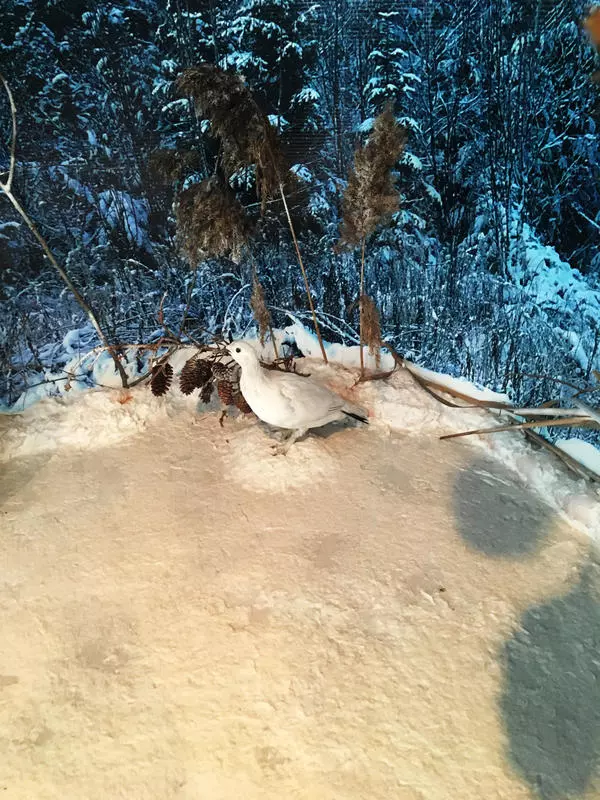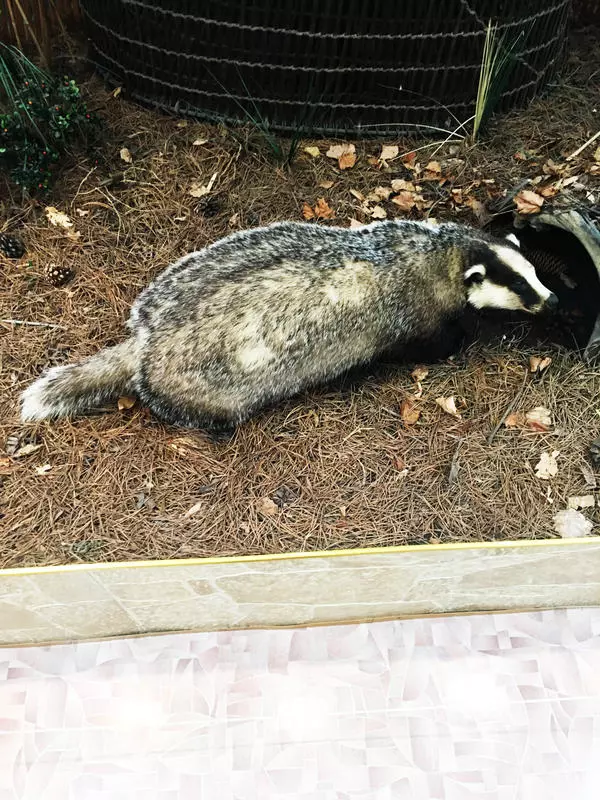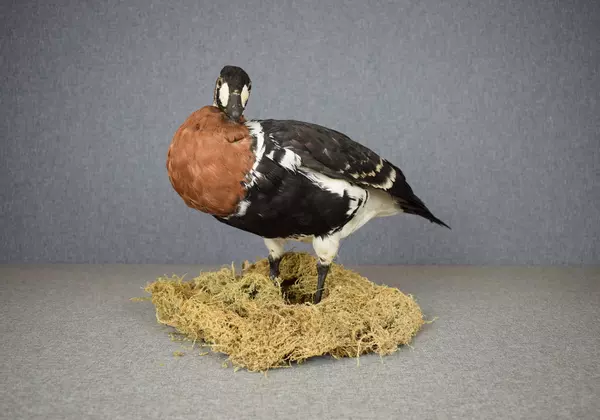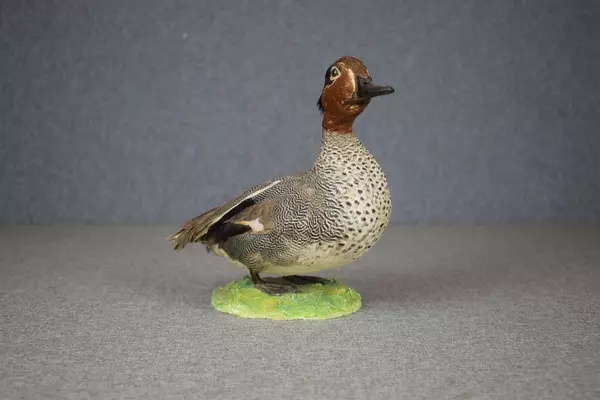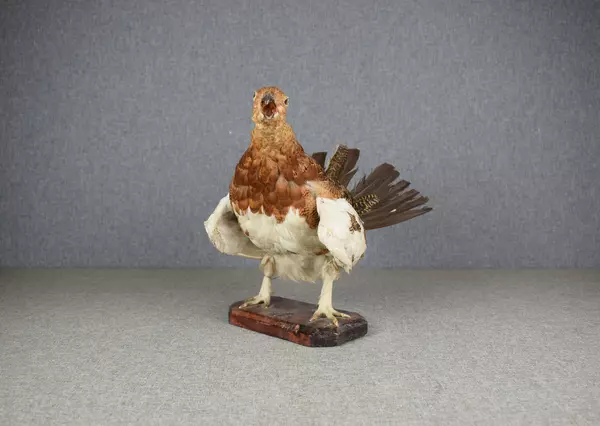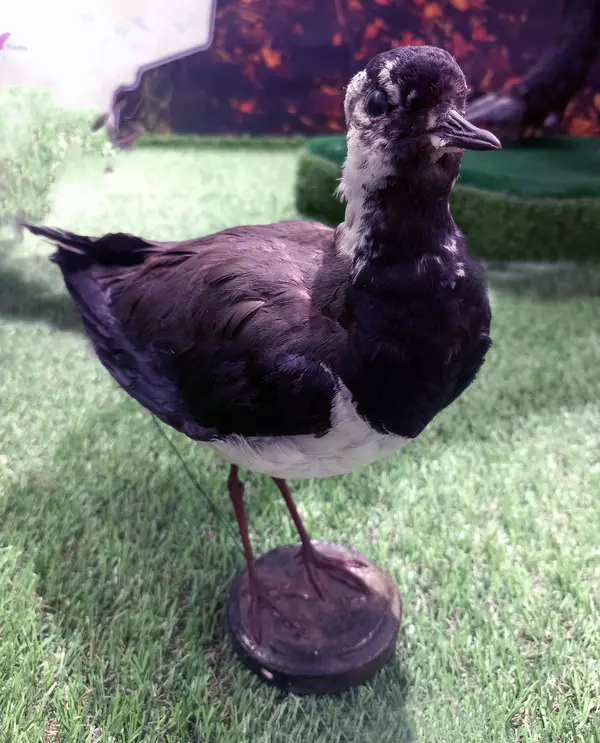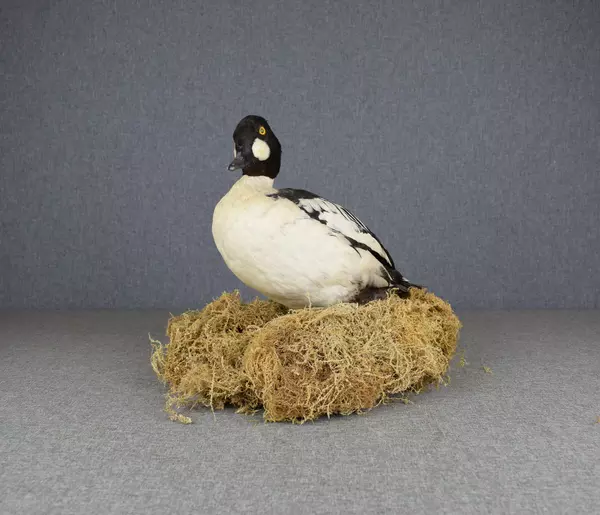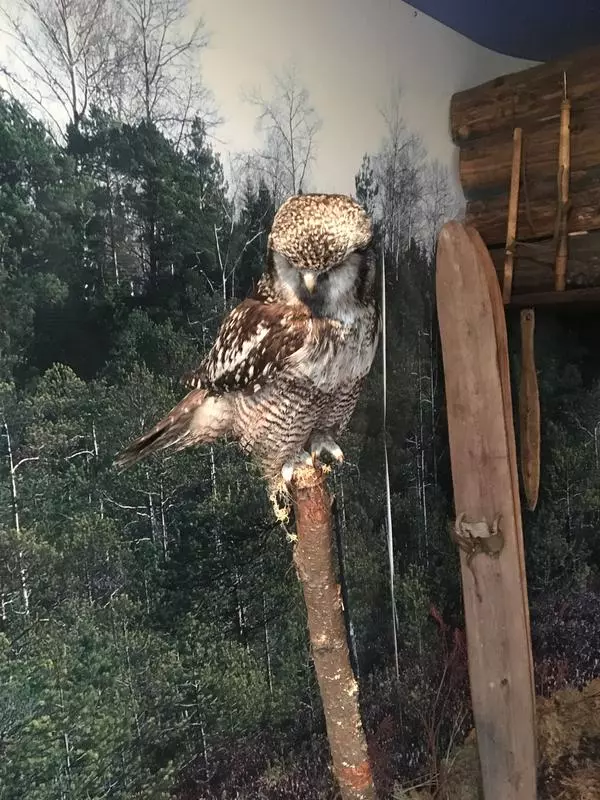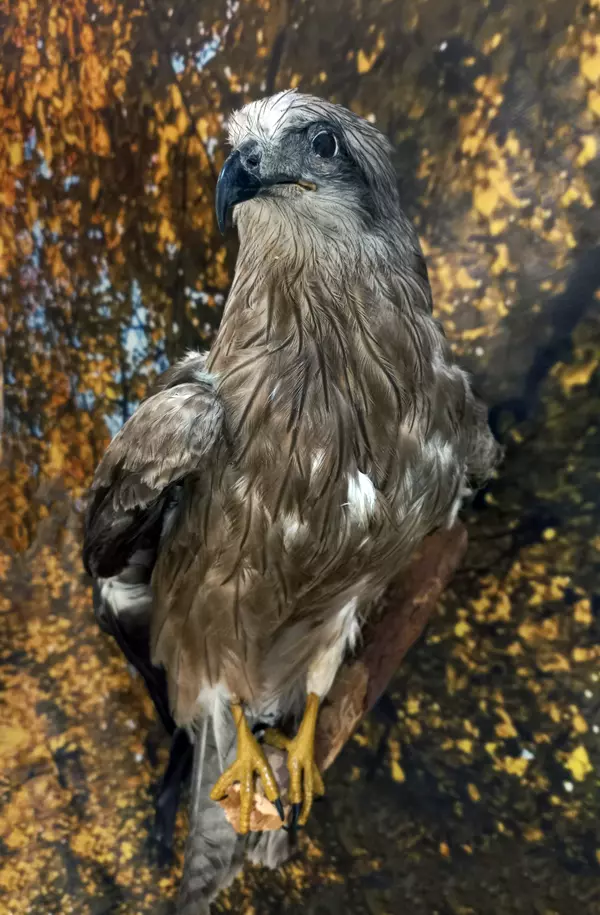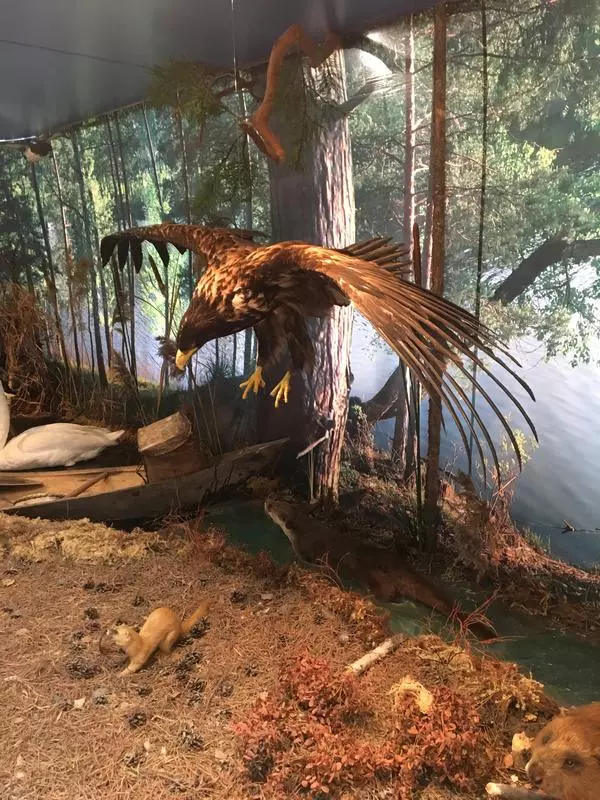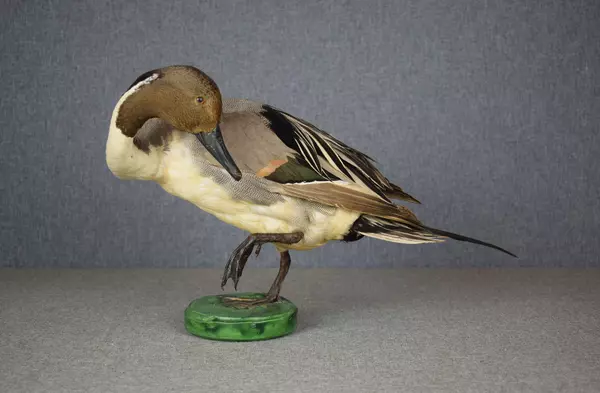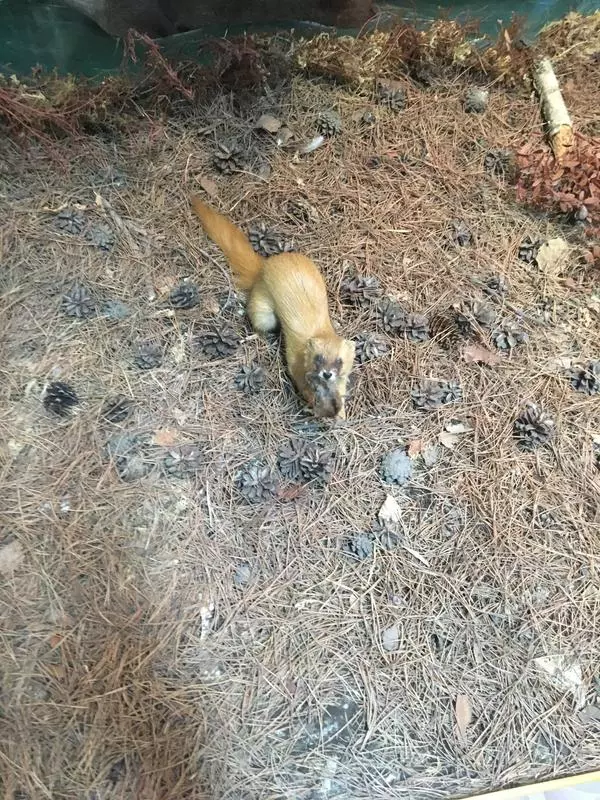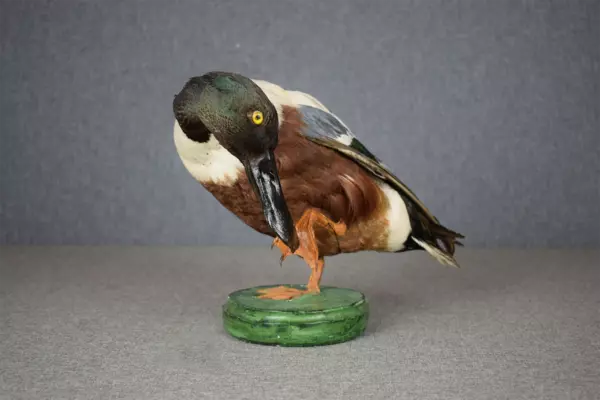River perch is a large freshwater predator akin to pike perch and ruff. Perches have a laterally compressed body, which is covered by dense small scales. This fish has a bright greenish-yellow color, with transverse stripes of black on the sides. However, in ponds with dark water, which are quite plenty in the Uvat District, perch acquires a protective dark gray shade.
The length of the river perch usually does not exceed 50 centimeters, and large specimens weigh no more than 2 kilograms. Perches become most well-fed in summer and autumn. Fishermen catch the fish during these seasons.
Perch lives in different countries of the world: in Europe and North Asia, in Africa, Australia and New Zealand. It prefers freshwater plain water bodies, this species can be found in rivers, lakes, ponds, reservoirs and even in less brackish areas of the seas. Usually, perch selects areas with a large amount of aquatic vegetation, and avoids places with fast currents and cold water. Spawning of river perch occurs in early spring, the female lays eggs in the form of a gelatinous ribbon up to one meter long.
River perch is a predator: the basis of its food ration is other freshwater fishes.
Perch hunts in the daytime: it can ambush among aquatic plants — protective coloration helps fish to hide successfully there. After waiting for the victim, the perch rushes after it and actively pursues it — it can even jump out to the water surface or to the shore. Only adult perches go hunting alone, while young fishes hunt in packs. In summer, representatives of this species prefer to stay in groups: they can include from 10 to 100 fishes.
In different regions of Russia, perch is called differently: for striped scales — striped bigeye and sailor, for a small hump on the body — humpback. In the Don, they also use the word checkomas; many northern peoples have their own versions. Scientists believe that the word perch itself came from the Common Slavic ‘eye’, and the fish was called so thanks to its large eyes. For the first time in written documents this word was mentioned back in the 17th century.
The length of the river perch usually does not exceed 50 centimeters, and large specimens weigh no more than 2 kilograms. Perches become most well-fed in summer and autumn. Fishermen catch the fish during these seasons.
Perch lives in different countries of the world: in Europe and North Asia, in Africa, Australia and New Zealand. It prefers freshwater plain water bodies, this species can be found in rivers, lakes, ponds, reservoirs and even in less brackish areas of the seas. Usually, perch selects areas with a large amount of aquatic vegetation, and avoids places with fast currents and cold water. Spawning of river perch occurs in early spring, the female lays eggs in the form of a gelatinous ribbon up to one meter long.
River perch is a predator: the basis of its food ration is other freshwater fishes.
Perch hunts in the daytime: it can ambush among aquatic plants — protective coloration helps fish to hide successfully there. After waiting for the victim, the perch rushes after it and actively pursues it — it can even jump out to the water surface or to the shore. Only adult perches go hunting alone, while young fishes hunt in packs. In summer, representatives of this species prefer to stay in groups: they can include from 10 to 100 fishes.
In different regions of Russia, perch is called differently: for striped scales — striped bigeye and sailor, for a small hump on the body — humpback. In the Don, they also use the word checkomas; many northern peoples have their own versions. Scientists believe that the word perch itself came from the Common Slavic ‘eye’, and the fish was called so thanks to its large eyes. For the first time in written documents this word was mentioned back in the 17th century.
